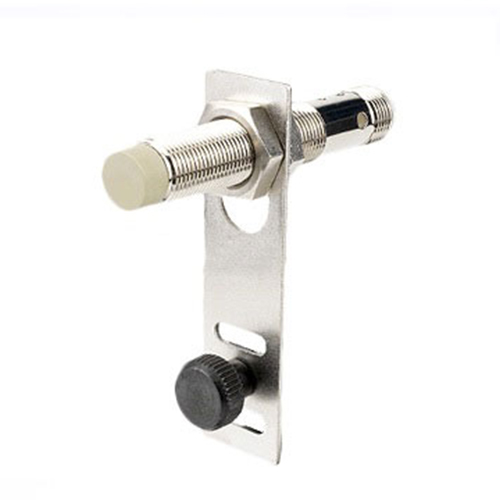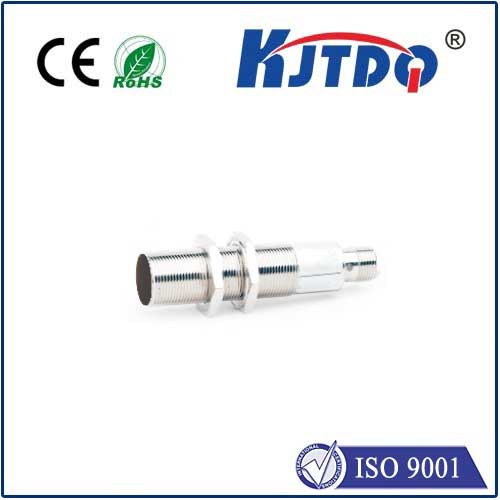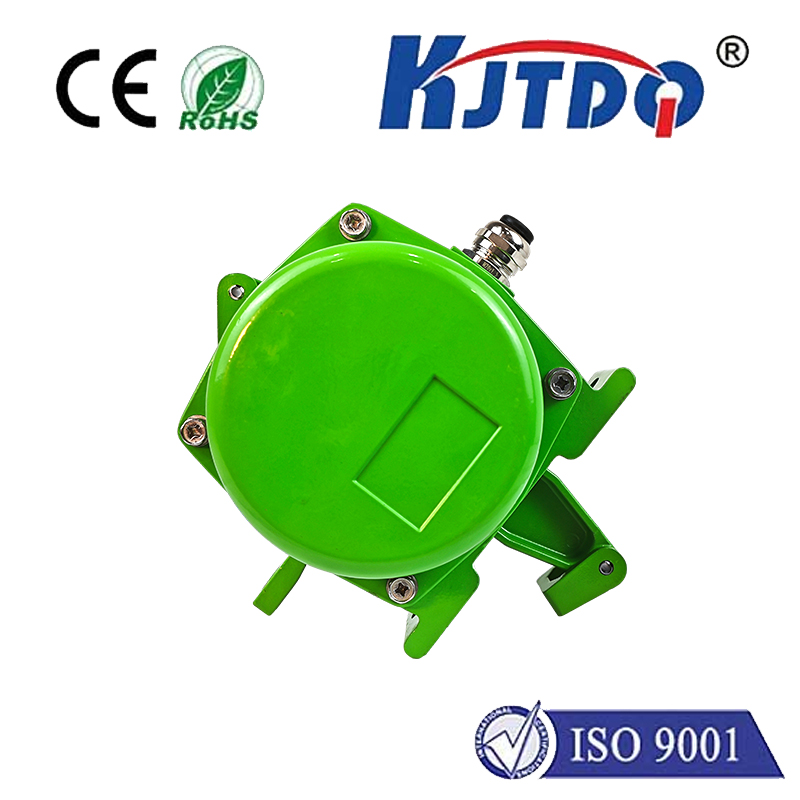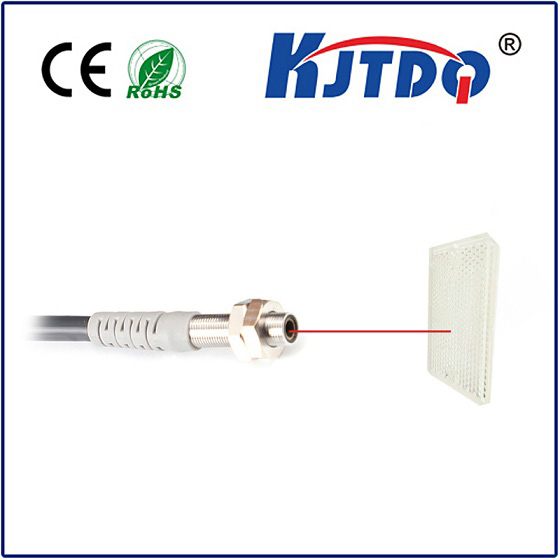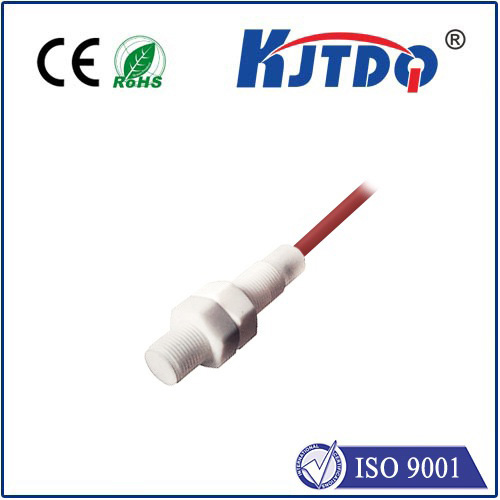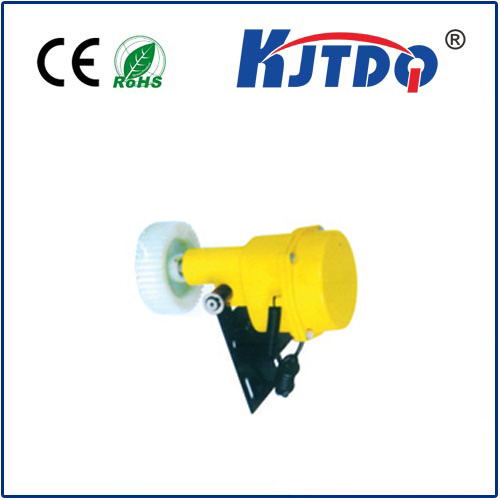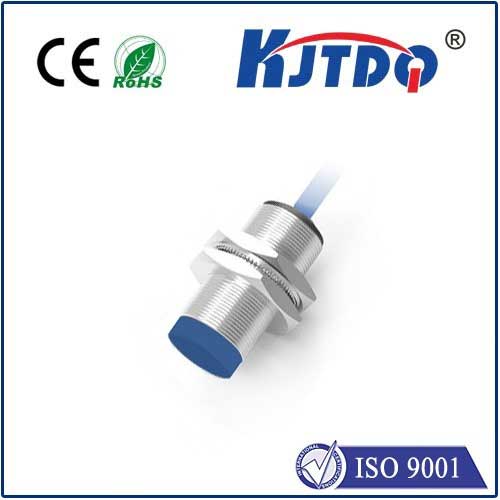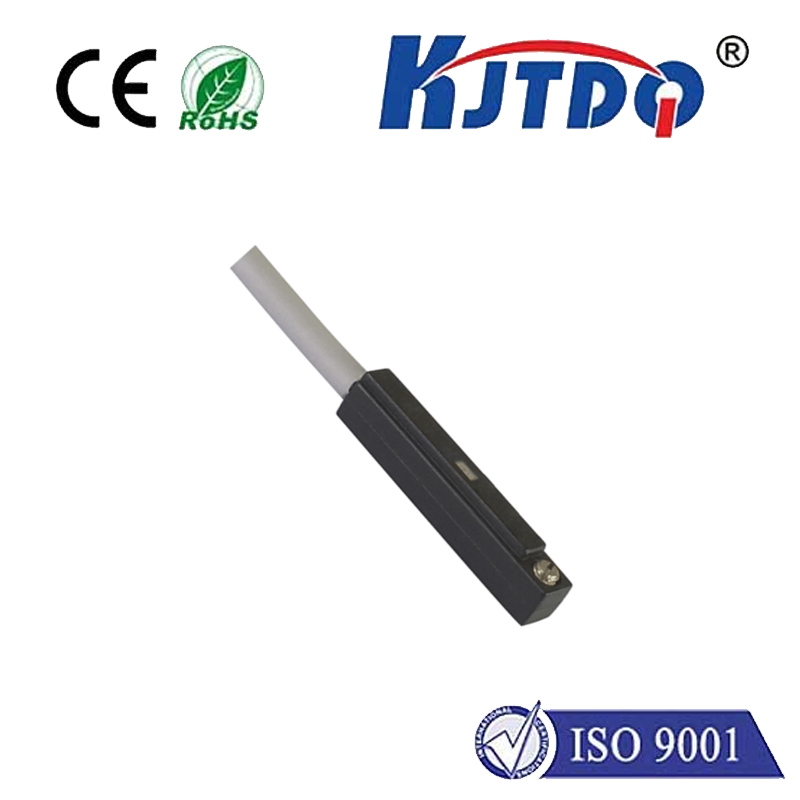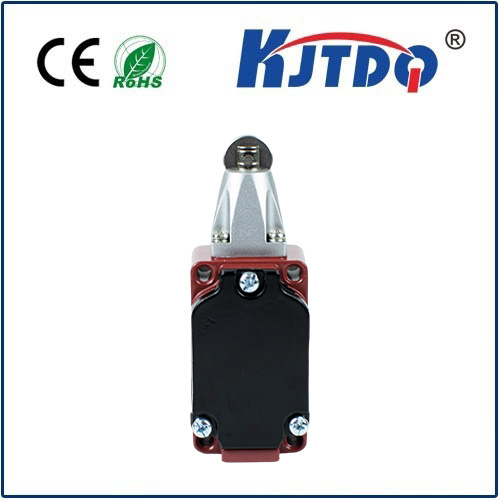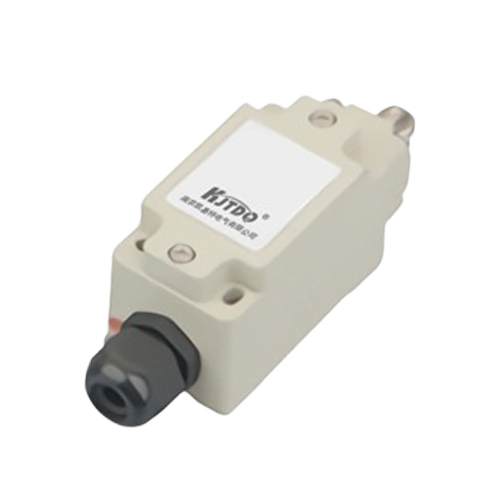

check

check

check

check

check

check

check

check

check

check
Hoist Position Switch: A Crucial Component in Lifting Mechanisms
The hoist position switch plays a vital role in lifting mechanisms, particularly in industrial settings where heavy loads need to be transported efficiently and safely. This article aims to shed light on the significance of hoist position switches and how they contribute to the smooth operation of various lifting systems.
Firstly, it is essential to understand what a hoist position switch is. In simple terms, it is an electronic device that detects the presence or absence of an object within its sensing range. When incorporated into a lifting mechanism, the hoist position switch sends signals to the control system, indicating whether the load has been properly engaged or released by the hoist. This information is crucial for ensuring that the hoist operates as intended and prevents accidents caused by dropped or misaligned loads.
One of the primary benefits of using a hoist position switch is improved safety during loading and unloading operations. By providing real-time feedback to the operator, the switch helps to minimize the risk of injuries or damage to equipment. For example, if a load were to shift unexpectedly while being lifted, the hoist position switch could quickly alert the operator, allowing them to take corrective action before any harm occurs.
Another advantage of hoist position switches is their ability to enhance productivity and efficiency in industrial applications. By ensuring that loads are consistently picked up and placed accurately, these switches reduce the need for manual intervention and adjustments, which can save time and reduce labor costs. Additionally, because the switches can be integrated with automation systems, they enable continuous monitoring and control of the lifting process, further optimizing performance and reducing downtime.
In conclusion, the hoist position switch is a critical component in lifting mechanisms due to its ability to improve safety, increase efficiency, and promote operational consistency. As technology continues to advance, it is likely that we will see even more sophisticated versions of this device being developed, further enhancing their capabilities and making them an indispensable part of modern lifting systems.
